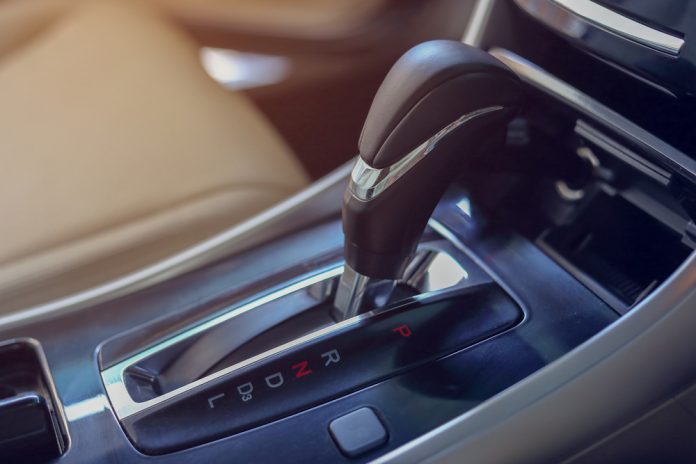The National Highway Traffic Safety Administration (NHTSA) has finalized a rule requiring automatic emergency braking (AEB) systems in all new passenger cars and light trucks by 2029.
This rule, stemming from the Bipartisan Infrastructure Act, necessitates AEB systems capable of preventing collisions with other vehicles at speeds up to 62 mph.
Under the finalized rule announced by the NHTSA on Monday, AEB systems must engage automatically at speeds up to 90 mph when an imminent collision with an oncoming vehicle is detected and at 45 mph when pedestrians are present. Additionally, the AEB systems must detect pedestrians in both daylight and nighttime conditions, enhancing overall safety on the roads.
Sophie Shulman, deputy administrator of the NHTSA, emphasized the life-saving impact of AEB technology, citing its effectiveness in reducing fatalities and serious injuries from frontal crashes. “Automatic emergency braking is proven to save lives and reduce serious injuries from frontal crashes, and this technology is now mature enough to require it in all new cars and light trucks,” she said in a statement.
The NHTSA projects that this rule will annually save 360 lives and prevent 24,000 injuries.



